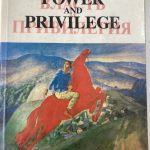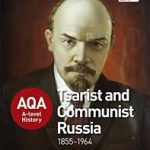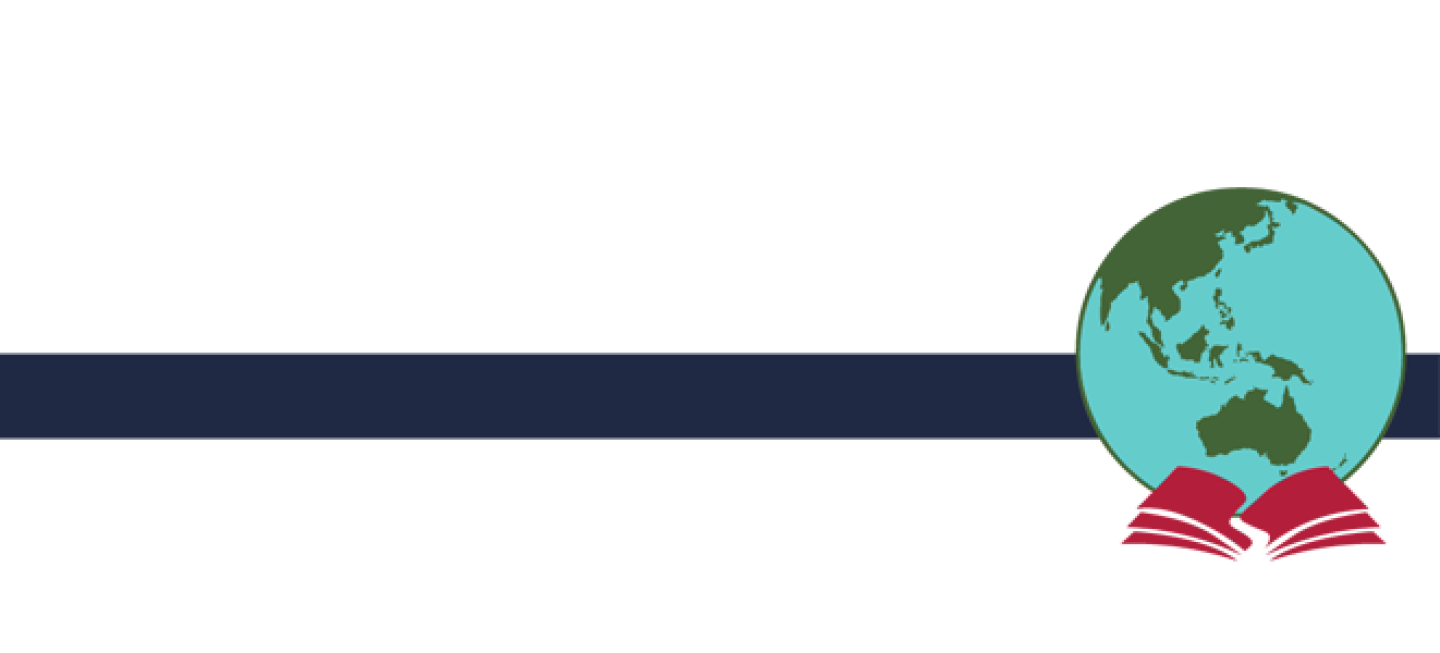USSR and Stalin
Define your search terms
USSR – Soviet, Russia, Bolshevik
Stalin – Stalinism, Communism
Change – impact, effect, purges
Social change – family, life, work, people, schools, children, peasants
Culture – women, religion, church, art music, education, propaganda
Years: 1922 – 1953
Specific policies – collectivization, kulaks, NKVP, totalitarianism
Top Books

Christian, D. (1986). Power and privilege: Russia and the soviet union in the nineteenth and twentieth centuries. Pitman. EXPLORE 947.08 CHR

Chris Corin Terry Fiehn Jane Tyler. (2015). AQA A-level history: Tsarist and communist russia 1855-1964. Hodder Education. EXPORE 947.084 COR
Top Websites
Seventeen moments in Soviet history – Primary sources
Stalin and his impact on culture – Slideshare
Learning about annotated bibliographies
Explained by University of NSW



